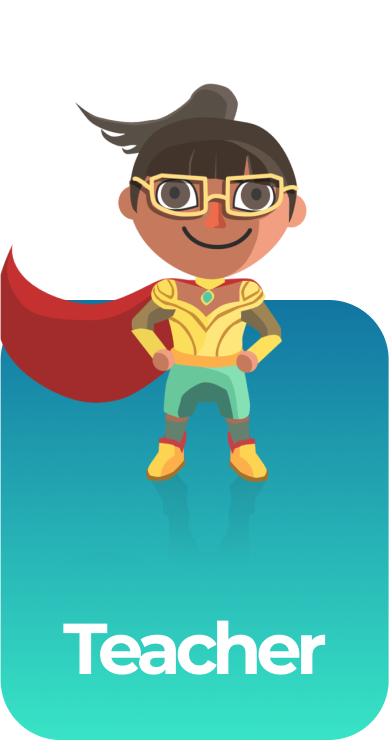The Universe and Its Stars Science Games
6 gamesIn this series of games, your students will learn how stars range greatly in their distance from Earth, and the Sun appears brighter and larger than other stars because it is closer. The Universe and Its Stars learning objective — based on NGSS and state standards — delivers improved student engagement and academic performance in your classroom, as demonstrated by research.
Scroll down for a preview of this learning objective’s games and the concepts.
Concepts Covered
The closer a star is to Earth, the brighter it will appear. The farther away a star is from Earth, the dimmer it will appear. The Sun is many times larger than Earth but it appears small because it is very far away. Even though the Sun is very far from Earth, it is much closer than other stars. The Sun is a star that appears larger and brighter than other stars because it is much closer to Earth.
Stars are very hot glowing spheres of gas. Stars burn hydrogen in their core while planets do not. The Sun and other stars are natural bodies in the sky that give off their own light. Light from distant stars can take a very long time to travel to Earth. The distance light travels in one year is called a light-year.
Advances in technology have changed the amount of information that scientists can gather from distant objects in the sky. We can observe distant stars using tools such as telescopes. Although stars in the sky may appear flat, they are actually three-dimensional spheres.
A preview of each game in the learning objective is found below.
You can access all of the games on Legends of Learning for free, forever, with a teacher account. A free teacher account also allows you to create playlists of games and assignments for students and track class progress. Sign up for free today!













